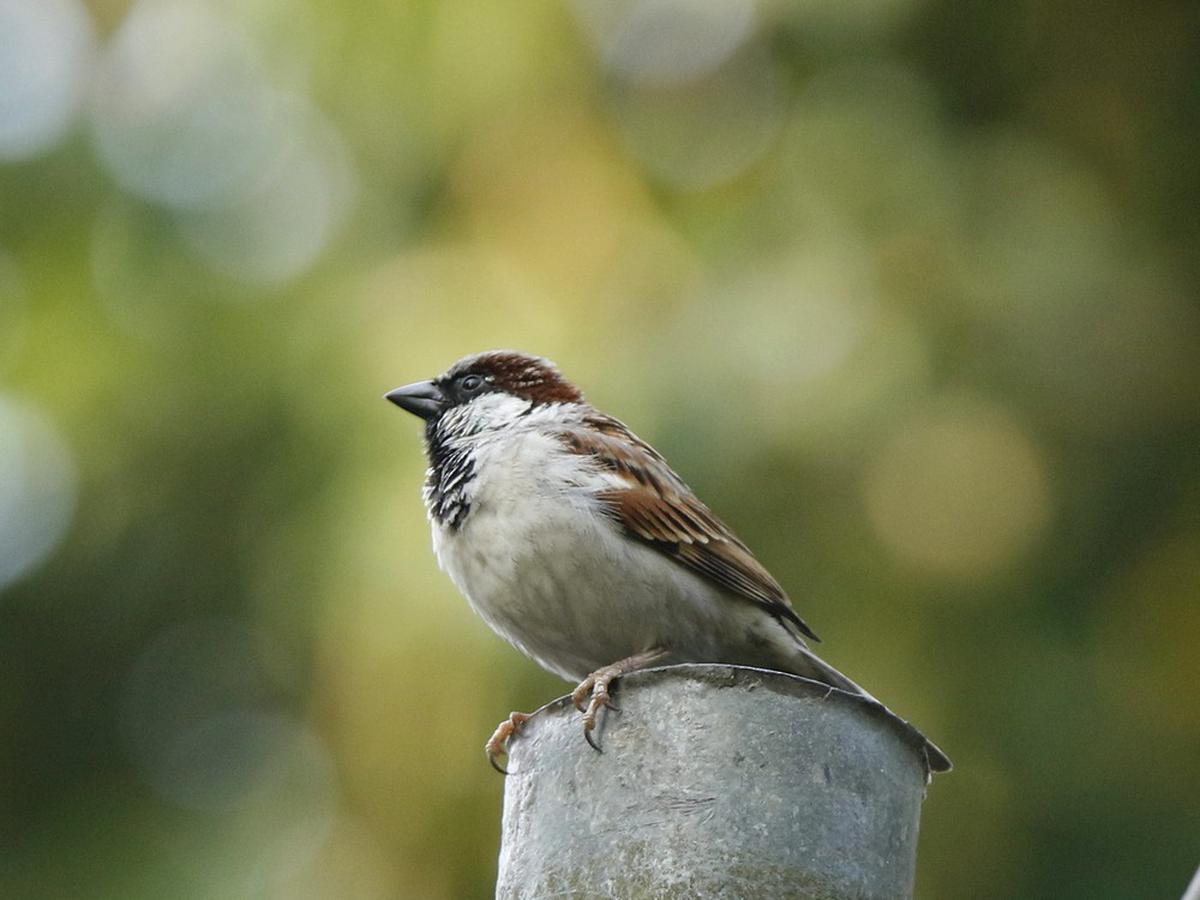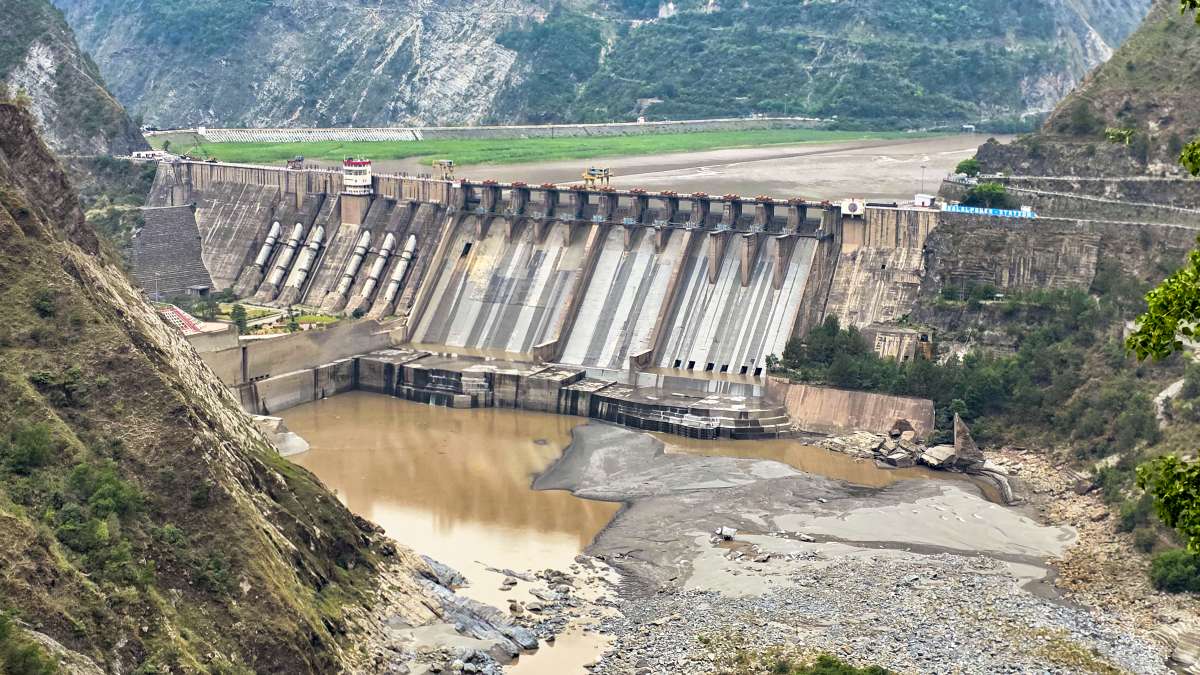Wild Cities: The Secret Lives of Urban Lizards, Frogs, Birds, and Insects
- bykrish rathore
- 30 September, 2025

When we think of cities, images of skyscrapers, traffic, and neon lights often dominate our imagination. Yet, beneath the hum of human activity, another world quietly thrives—a world of urban wildlife. Lizards, frogs, birds, and insects have all found remarkable ways to adapt, survive, and even flourish in bustling metropolitan environments. This hidden ecosystem reveals that cities are not just human habitats, but shared spaces teeming with life.
Lizards on the Walls
One of the most common yet often overlooked city dwellers is the lizard. In tropical and subtropical cities, geckos cling to concrete walls and ceilings, preying on moths, mosquitoes, and other insects drawn to artificial lights. Unlike in forests, where camouflage is key, urban lizards often exploit human structures to hide in cracks, crevices, and rooftops. Their presence also helps regulate insect populations, making them silent pest controllers of city homes.
Frogs in the Drains
Though cities may seem hostile to amphibians, frogs have found ways to adapt. Rainwater drains, garden ponds, and even neglected construction sites create micro-habitats where frogs can thrive. These urban amphibians emerge at night, filling the air with their calls during monsoon or rainy seasons. Frogs play a critical role in controlling insect populations, yet they also face serious challenges from pollution, habitat destruction, and vehicle traffic. Their survival in cities is a testament to resilience, though it remains fragile.
Birds of the Skyline
Birds are perhaps the most visible symbols of urban wildlife. Pigeons, sparrows, crows, and mynahs have become iconic city residents, thriving on food scraps and nesting in buildings, bridges, and streetlights. Raptors like kites and hawks soar above cities, preying on rodents and pigeons, maintaining ecological balance. Even migratory birds stop in urban wetlands and lakes, turning cities into rest stops along their journeys. However, while some species flourish, others like house sparrows have seen a steep decline, largely due to modern construction and loss of nesting spaces.
Insects: The Silent Majority
Insects form the largest group of urban wildlife, and their adaptability is extraordinary. From ants marching along sidewalks to butterflies fluttering through public parks, they are essential to pollination and the decomposition of organic waste. Bees, in particular, have established colonies in rooftops, abandoned buildings, and garden spaces, contributing to pollination even in concrete-heavy landscapes. Meanwhile, cockroaches, mosquitoes, and flies, though often labeled as pests, also highlight the complex ways insects survive alongside humans.
Why Urban Wildlife Matters
The survival of these creatures in cities is not just a curiosity—it has deep ecological implications. Urban wildlife helps maintain natural cycles by controlling pests, pollinating plants, and recycling nutrients. Birds and lizards manage insect populations, frogs indicate the health of water systems, and insects ensure pollination and soil fertility. Together, they make cities more livable, often without us realizing their contribution.
Challenges and Threats
Despite their adaptability, urban animals face many threats. Pollution, shrinking green spaces, traffic, pesticides, and light pollution all disrupt their natural rhythms. Noise can interfere with bird songs, plastic waste harms aquatic species, and chemical sprays reduce insect populations. Without mindful urban planning, many of these species could vanish, weakening city ecosystems in ways that directly affect human life.
Creating Wildlife-Friendly Cities
Urban planners, conservationists, and citizens are beginning to recognize the value of coexisting with urban wildlife. Rooftop gardens, rainwater harvesting systems, green walls, and urban wetlands create safe habitats for frogs, insects, and birds. Reducing pesticide use and creating biodiversity parks within cities are also crucial steps. On an individual level, planting native trees, building bird feeders, and preserving small green patches can provide vital lifelines for city wildlife.
A Shared Habitat
The story of urban lizards, frogs, birds, and insects is ultimately a story of coexistence. As humans continue to expand and reshape landscapes, these animals show remarkable resilience by adapting to our creations. Yet, their survival depends on how we choose to shape our cities. By acknowledging them as co-inhabitants rather than intruders, we can build urban spaces where humans and wildlife thrive together.
Cities may be centers of commerce and culture, but they are also vibrant ecosystems in their own right. The next time you step outside and see a gecko darting across a wall, a frog croaking after rain, or a bird nesting on a lamppost, remember—you are witnessing the hidden wild heart of your city.

Note: Content and images are for informational use only. For any concerns, contact us at info@rajasthaninews.com.
"इको-फ्रेंडली इनोवेश...
Related Post
Hot Categories
Recent News
Daily Newsletter
Get all the top stories from Blogs to keep track.




_1760415461.png)






